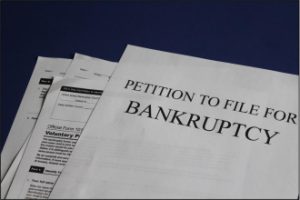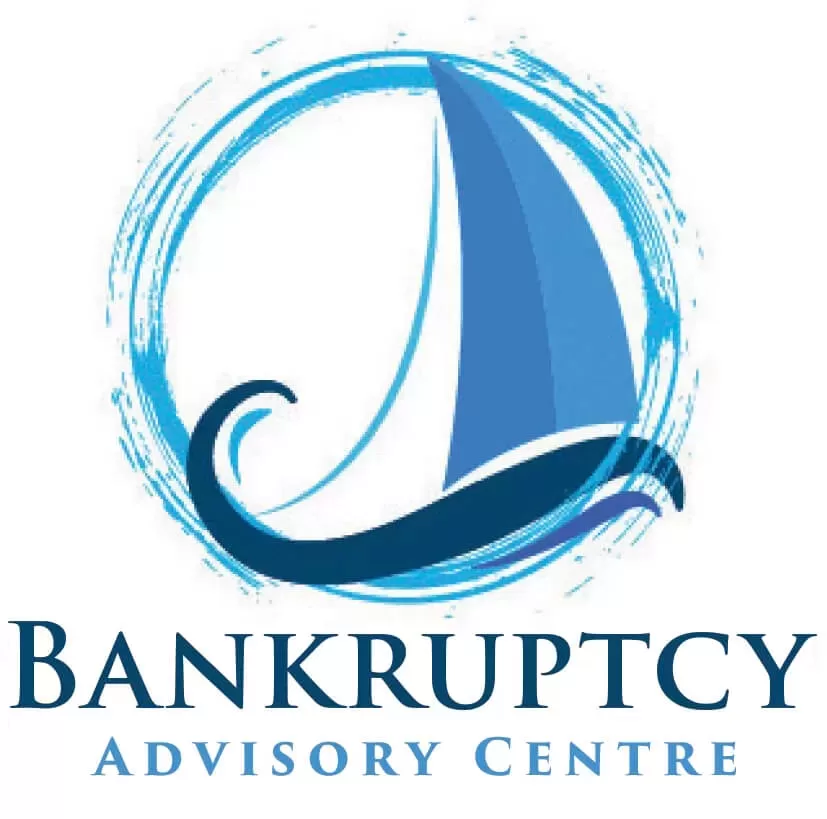How to Declare Yourself Bankrupt in Australia: A Comprehensive Guide
Bankruptcy is an excellent solution for people with severe debt concerns, especially when they have little to no real opportunities to repay those debts. So, if you cannot appease creditors with other proposals to repay your debts, declaring yourself bankrupt might not be a bad idea. But where do you start?
 If you need help declaring bankruptcy in Australia, you have come to the right place. In this comprehensive guide on “How to Declare Yourself Bankrupt in Australia”, we’ll explain everything you need to know about the process. You’ll discover what bankruptcy means and several of its integral implications you need to know before you even start the process of filing bankruptcy.
If you need help declaring bankruptcy in Australia, you have come to the right place. In this comprehensive guide on “How to Declare Yourself Bankrupt in Australia”, we’ll explain everything you need to know about the process. You’ll discover what bankruptcy means and several of its integral implications you need to know before you even start the process of filing bankruptcy.
In addition, you should know that declaring bankruptcy in Australia is reasonably straightforward. Once you’ve successfully made it through, you’re legally freed from paying any debts; however, some exceptions apply. Therefore, we suggest you speak to a professional debt consultant about your financial situation before starting.
What Is Bankruptcy?
Bankruptcy is when a debtor no longer has the financial capacity to pay off their debts to a creditor. Bankruptcy assists debtors by stopping debt collectors from speculating about the payments. Additionally, once you’re declared bankrupt, a portion (or all) of your debts are generally discharged, and there are numerous distinctive options, also called ‘Chapters’, for which you can file.
In return, you must agree to repay what you possibly can to the creditors through a multi-year repayment plan or by selling your assets. Once the bankruptcy process is complete, you’ll be provided with a new financial start.
Nevertheless, it is critical to note that declaring bankruptcy in Australia applies only to individuals, not corporations. If you’re operating a business on a sole trader or partnership model, you or your partner can declare bankruptcy as separate entities. Remember, the company cannot become bankrupt.
Now that you know what bankruptcy is and who can file for it, let’s look at how you can declare bankruptcy in Australia.
Before You Declare Yourself Bankrupt
Seek factual information from qualified advisors only (AFSA or Registered Trustees). There are people out there providing factually incorrect information or devising schemes to hide assets that will only cause confusion or worse (possible prosecution for false declarations).
Remember, declaring yourself officially bankrupt in Australia should be an absolute last resort. Although it can save you from paying debts you can’t afford, declaring bankruptcy can have long-term adverse effects on your finances, namely your ability to borrow in the future and your credit rating. The consequences of declaring bankruptcy are serious, and more importantly, once you’ve been deemed bankrupt, there’s nothing you can do it cancel or undo it. Therefore, be sure you read and fully understand the consequences of bankruptcy before you start filing.
Amongst other things, declaring yourself bankrupt in Australia can adversely impact your ability to receive credit. Plus, it will be evident on the National Personal Insolvency Index (NPII). Therefore, if you are stuck in financial difficulty, you must speak with a professional to learn how declaring bankruptcy affects your future financial positioning and decisions.
How to Declare Yourself Bankrupt in Australia?
The first and foremost step to declaring voluntary bankruptcy in Australia is filing a Bankruptcy Form.
However, creditors can force a person into bankruptcy against their will via a Bankruptcy Notice, then a Creditor’s Petition, leading to a Sequestration Order (a Court declaration of the debtor being declared bankrupt).
Receive a Bankruptcy Notice or a Creditor’s Petition. You should immediately contact an insolvency expert to understand the consequences or if you wish to challenge the creditors’ actions.
If a person enters into bankruptcy voluntarily, they must apply with AFSA – Australian Financial Security Authority or a registered trustee.
Requirements for Declaring Bankruptcy in Australia
The Bankruptcy Form is the only form required to be completed to file for bankruptcy. These forms are accessible via the AFSA website; you can ask your registered trustee to get them for you.
Remember to be cautious while filling out these forms. Though it may come off as straightforward and to the point, one error can result in bankruptcy being declined. If you submit incorrect information, bankruptcy may be extended from three to eight years. Hence, it is advised that you work wisely with your trustee or bankruptcy advisor.
How Much Does It Cost to Declare Yourself Bankrupt in Australia?
There is no cost of declaring bankruptcy in Australia, as there is no fee to apply for insolvency. Moreover, there is no maximum or minimum debt or income limit for applying. You can not file for bankruptcy whilst you have an ongoing Debt Agreement.
Next Steps When Considering Bankruptcy? Contact Us
“Declaring bankruptcy in Australia can stop creditor harassment, help clear your debts and, more importantly, leave you with a fresh financial start. However, before you proceed, you must understand the significant consequences of declaring yourself bankrupt and its impact on your future. Our team of experts understands that choosing to declare yourself bankrupt is never easy, and we understand the stress of having debt beyond your capacity to repay. We assure you that we do everything possible to help you regain your financial freedom.”
Andrew Bell Bankruptcy Advisor
Let’s Talk
With over 30 years of experience in debt solutions and bankruptcy in Australia Andrew can find a solution for you.
“Nothing is more satisfying to me than knowing that I’ve helped someone get back on their feet by guiding them through the Bankruptcy Process. Rest assured, you’re in good hands with me as we solve your financial problems together.”


